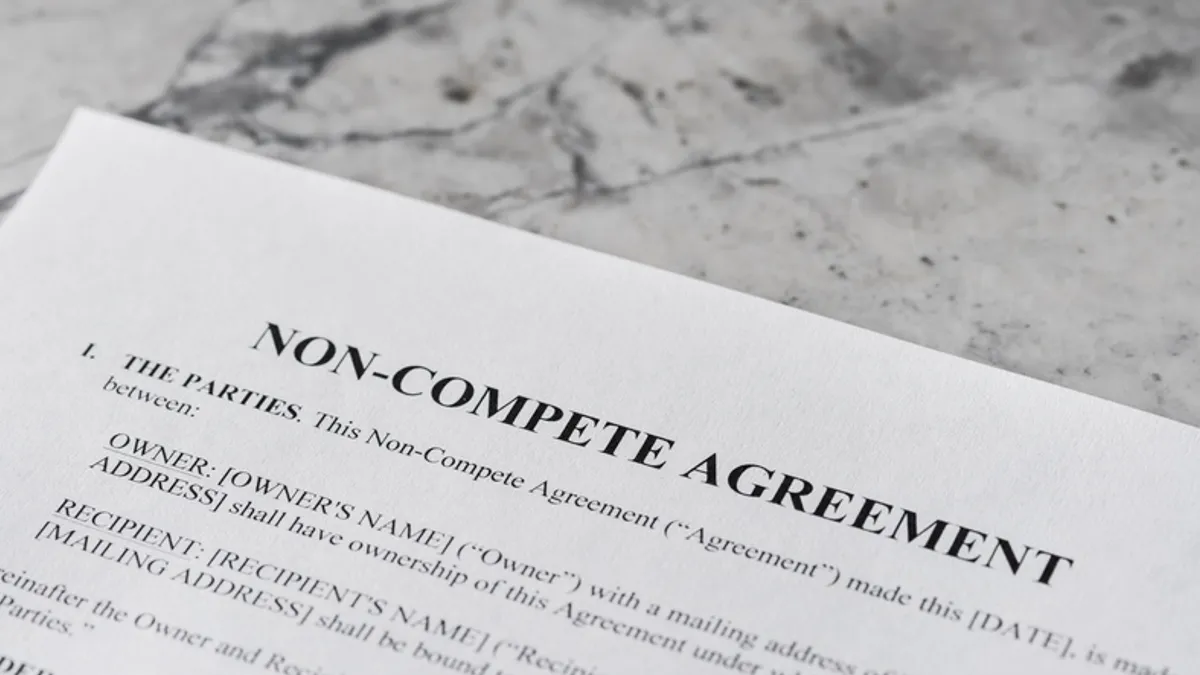Companies face an expanding field of employment liability issues that require careful legal consideration, issues ranging from the use of artificial intelligence in screening job applicants to remote employees’ workplace harassment claims to transparency around wages.
Given the abundance of new employment liability issues confronting employers, it’s an understatement to say that 2024 is a dynamic period for in-house counsel and their outside firms.
“These are really active times in the workplace legal landscape,” Sarah Skubas, an attorney and employment law specialist with Jackson Lewis PC in Hartford, Conn., said Wednesday on an employment liability webinar sponsored by Travelers Institute, the insurer’s public policy division.
In April, the Equal Employment Opportunity Commission issued a major update of its enforcement guidance for workplace harassment, its first revisions in a quarter century on unlawful harassment that also outlined new Title VII protections for LGBTQ+ and transgender workers, along with additional protections for pregnancy, childbirth or a related medical issue.
The EEOC guidance also said that remote virtual workers can be subject to workplace harassment, just as those at a physical work site.
Weeks later, 18 states sued to block the guidance arguing that the EEOC exceeded its authority in expanding the Civil Rights Act.
Beyond the federal level, state legislators have been active with new employment laws to address issues such as age discrimination, pay inequities, freelance workers, and wage discrimination based upon gender.
More than 80,000 employment discrimination charges were filed last year, said Chris Williams, Travelers’ employment practices liability product manager. He and Skubas presented jointly at the session.
Meanwhile, the Supreme Court’s landmark decision in Loper Bright – which ended federal courts’ deference to executive branch agencies’ rule interpretations – has opened new litigation as employers challenge multiple agency rules, Skubas said.
She cited the Family and Medical Leave Act, the Pregnant Workers Fairness Act and the Labor Department’s ESG Rule as three of several rules plaintiffs have challenged since the demise of Chevron deference.
One example of the shifting legal landscape is how artificial intelligence can create new liability, if not governed carefully. New York has enacted a law requiring employers to disclose if they use AI to screen job applications, and other states are likely to adopt similar laws, Williams said.
The widespread use of remote and hybrid work situations has also created new challenges for employers. Some workers who are required to be in a workplace full-time may perceive discrimination relative to their peers who are allowed hybrid work schemes, he noted.
“The claims have definitely gone up as people have returned to the office,” Williams said.
Beyond that, a fraught presidential election in November has injected politics into many workplaces this year, which potentially leads to employer liability issues, the panel noted. The best advice for managers hoping to minimize the political chatter in their workplaces?
“My advice to employers is do not issue any blanket policies prohibiting this type of speech,” Skubas said, noting that many states have laws addressing political speech at work. Companies should seek legal advice about the manager and “frontline managers need training on how to deal with this” to avoid outcomes that could escalate into harassing behavior.
Another tip: Annual reviews of workplace harassment policies and training programs to ensure they’re current. When in doubt, the in-house legal department or outside counsel is a vital resource.
“It’s really complicated and employers get overwhelmed,” Skubas said of the various state and federal laws, urging companies to seek legal advice when confronting a complex employment situation. “I would much rather spend 30 minutes on a call with a client than two years litigating with them.”











